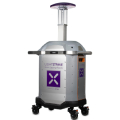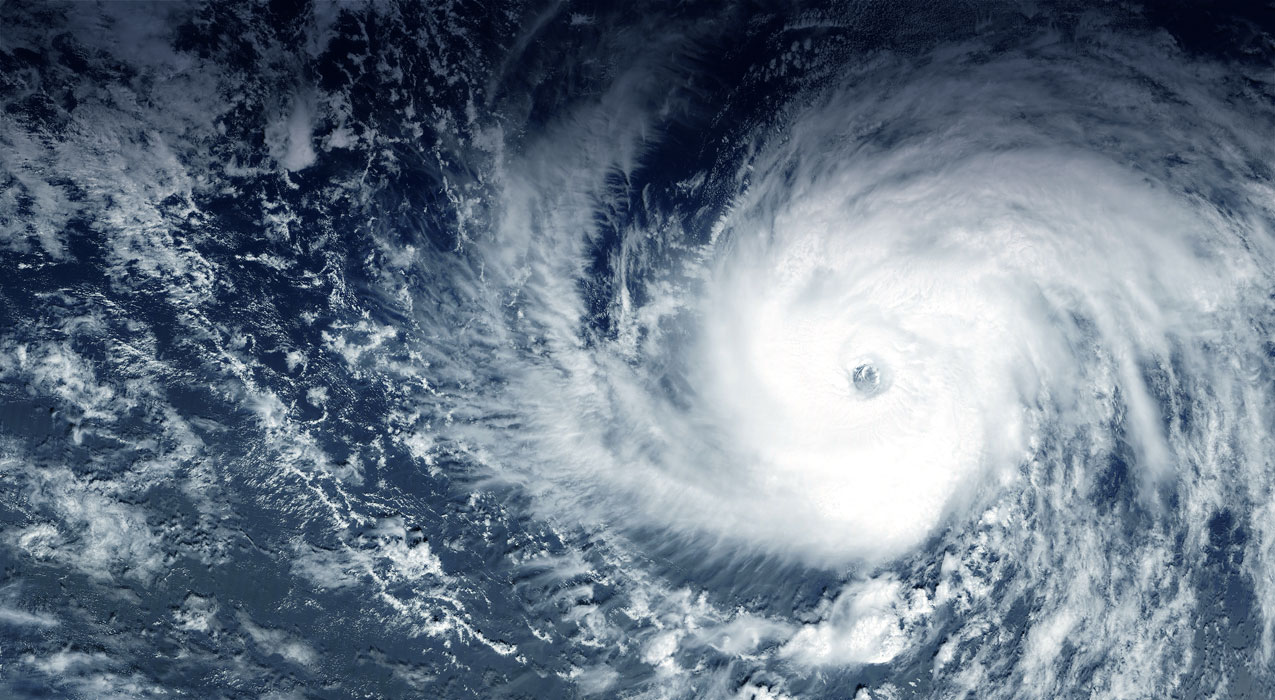The disaster hurricanes leave behind can be devastating, and it’s not always the hurricane itself that does the most damage. Sometimes it’s the residual flooding from storm surge, creating the perfect environment for Aspergillus (black mold) and other microorganisms to flourish and impact communities.
It’s important to be aware of the types of microorganisms commonly associated with hurricanes that are known to cause disease, especially for healthcare workers and families taking shelter in community settings.
Microorganisms associated with immersion in water
Many microbes are abundant in standing water, especially if flooding has caused damage to sewage systems.
- Aeromonas, Vibrio, Tetanus
Infections from Aeromonas or Vibrio can appear as gastrointestinal illness, but both can also cause skin infections, whereas Tetanus infection’s hallmark symptoms are stiffness of the neck, jaw, and facial muscles. All of these are treatable, but need to be attended to quickly. - Skin and Soft Tissue Infections
Staphylococcus and Streptococcus infections are most common, and if you already have a wound, contamination from flood waters can lead to an infection.
Microorganisms associated with shelters
Shelter environments can involve interaction with many different people, in settings that are often not designed for privacy or set up for proper disinfection. Alcohol-based hand gels can minimize spread of some germs but soap-and-water handwashing is the most reliable way to rid your hands of microbes.
- Pertussis, Tuberculosis and SARS-CoV-2
Avoid folks who are coughing and keep young children (who may be unvaccinated against Pertussis or SARS-CoV-2) away from large groups of people. - Ectoparasites – Lice, Ticks, Fleas
Gross but true, and fortunately easier to treat than most of the germs in this list. But checking yourself for these little bugs is wise when you’re stuck in a group setting. - Norovirus, Hep A, Salmonella
Norovirus spreads quickly and easily in group settings, and controlling its spread can be difficult. Remember that alcohol-based hand sanitizers and bleach disinfectants have been proven ineffective for it, so it’s important to wash hands with soap and water, and disinfect with UV or with hydrogen peroxide-based cleaners.
It’s also important to be aware of enhanced disinfection tools that are proven effective for Aspergillus (black mold) decontamination and killing a wide variety of other harmful microorganisms, including those most common in flooding situations. For instance, Forrest General, a Mississippi hospital, used their LightStrike Robot to remediate aspergillus after a flood and third party testing resulted in post-contamination rates lower than the lab had ever seen before.
It’s impossible to be fully prepared for a natural disaster, but you can take steps to best prepare so you’ll be able to take care of you, those in your community and your environment.

















